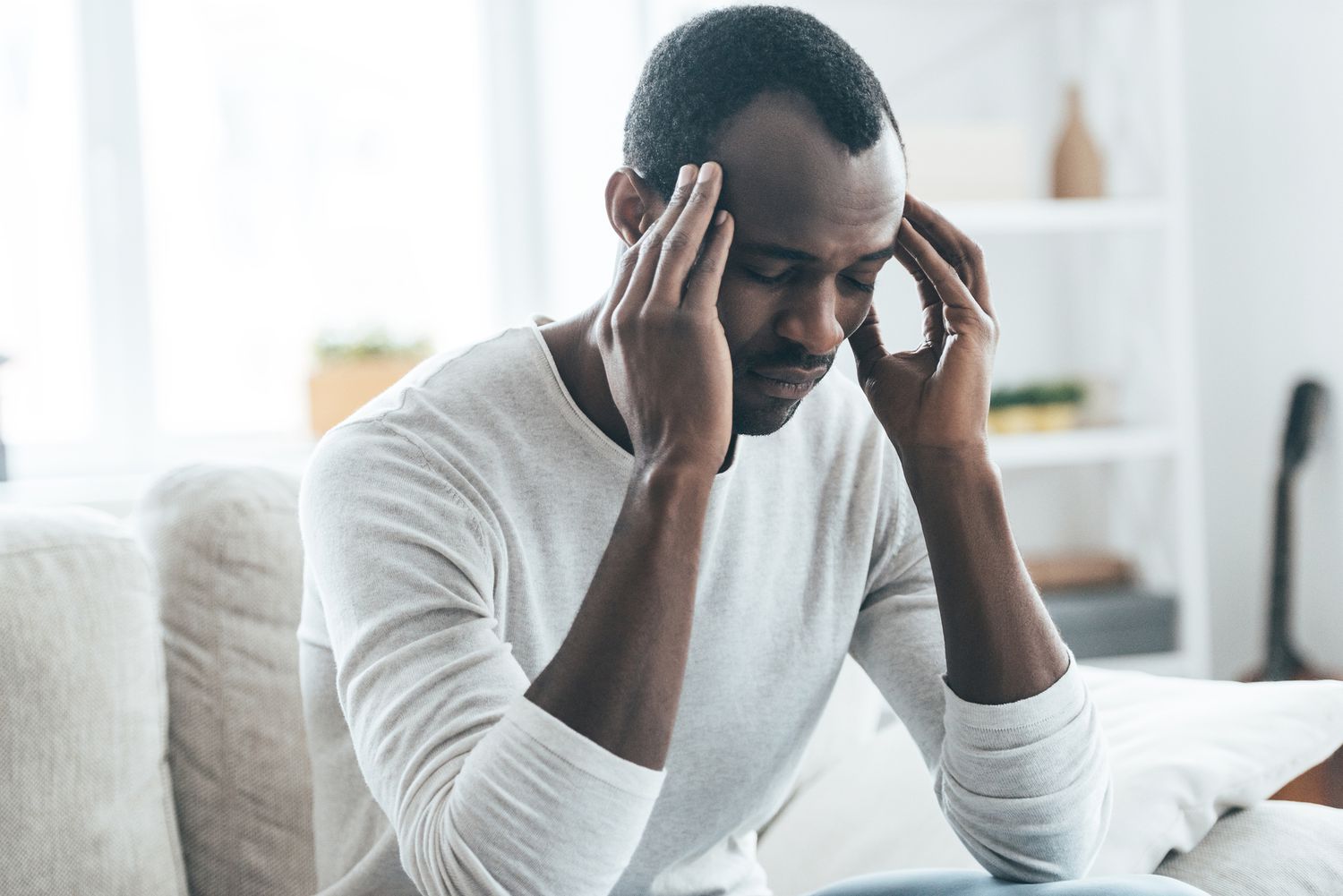
What Are Anxiety Disorders?
Anxiety disorders are characterized by a chronic and intense sense of dread about the future, making daily functioning difficult. Individuals with these disorders often experience fear as a response to real or perceived threats, leading them to avoid situations that trigger anxiety. This avoidance can hinder their performance at work and limit their enjoyment of leisure and social activities. Anxiety disorders are among the most common psychological disorders, second only to substance use disorders. Anxiety disorders affect 28.8 percent of people at some point in their lives, and 18.1 percent have experienced them in the last year. Of those who have had anxiety in the past year, nearly 23 percent have severe cases. The rate of people reporting anxiety disorders peaks between ages 30 and 44. After age 60, this rate drops sharply to 15.3 percent.
Types of Anxiety Disorders
- Generalized anxiety disorder (GAD): Generalized anxiety disorder (GAD) is when a person feels anxious most of the time without a specific reason. People with GAD often worry a lot, expecting bad things to happen. Their symptoms can include restlessness, trouble sleeping, feeling tired easily, irritability, muscle tension, and difficulty concentrating, sometimes to the point that their mind goes blank. They cannot point to a specific situation that causes their anxiety, and they find it hard to control their worries.
- Panic disorder: People with panic disorder experience intense physical discomfort during panic attacks, which can include shortness of breath, sweating, trembling, and dizziness. Many endure multiple attacks and live in constant fear of them for at least a month, often avoiding certain places or situations to prevent future episodes. This ongoing anxiety and avoidance distinguish panic disorder from other psychological conditions with similar symptoms.
- Social anxiety disorder: Social anxiety disorder is characterized by intense fear or anxiety in social situations where individuals may be scrutinized. Symptoms can arise in both performance contexts and ordinary social settings, driven by a fear of humiliation or embarrassment. Even simple actions like drinking can trigger anxiety. In the U.S., 12.1% of people experience this anxiety disorder at some point in their lives, making it the second most common one. About 30% of those who have the disorder in a given year, which is 6.8% of the total, face severe symptoms.
- Specific Phobia:A phobia is an intense, irrational fear of a specific object or situation, causing individuals to avoid it or feel significant distress. Phobias fall into four main categories: animals, natural environments (e.g., heights, storms), blood-injection-injury (e.g., seeing blood), and activities in certain situations (e.g., driving, flying), with a fifth category for miscellaneous fears like clowns. Approximately 12.5% of people experience specific phobias, most commonly related to natural situations and animals, affecting about 3.1% to 7% of the population. Notably, half of those with specific phobias are afraid of either animals or heights.
